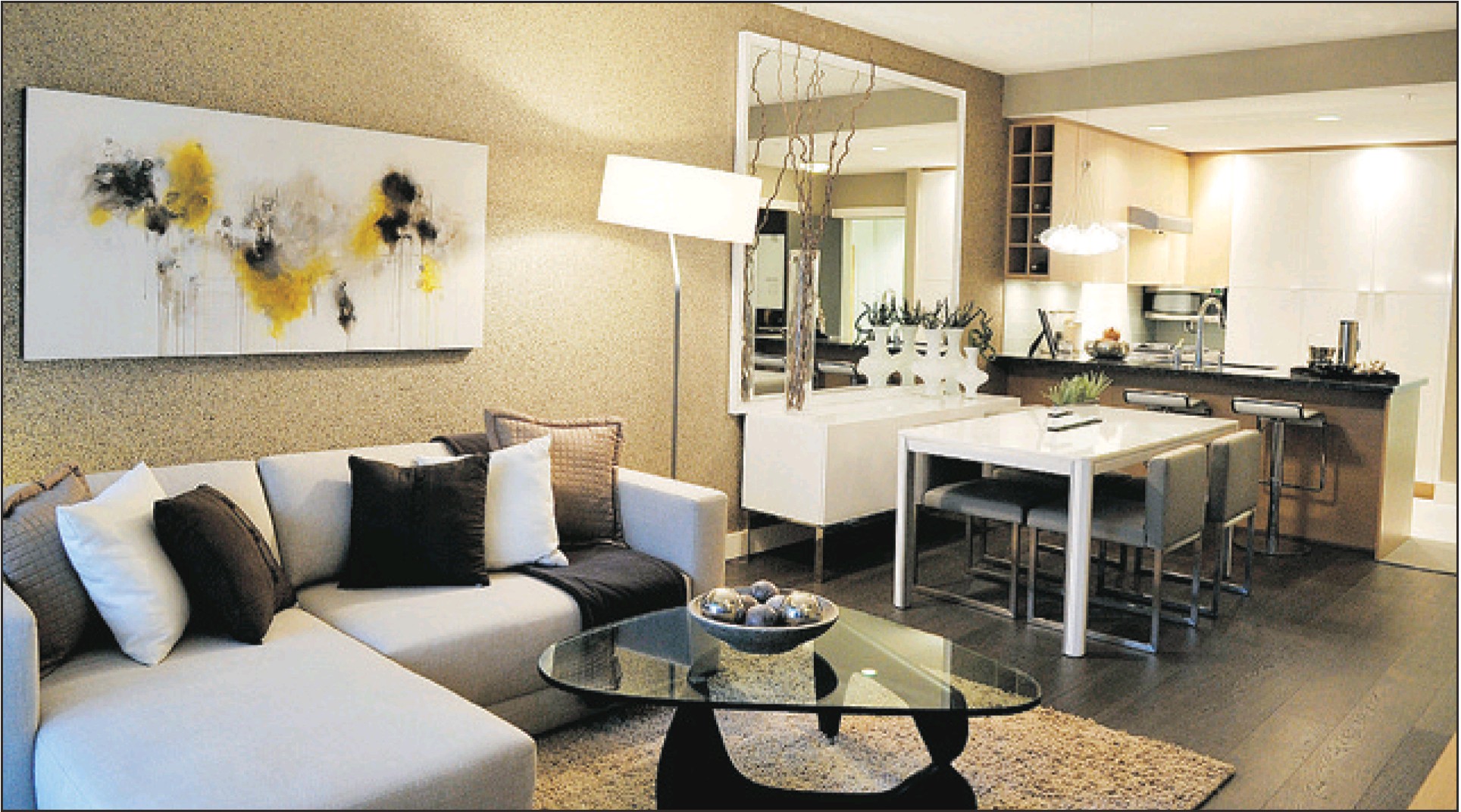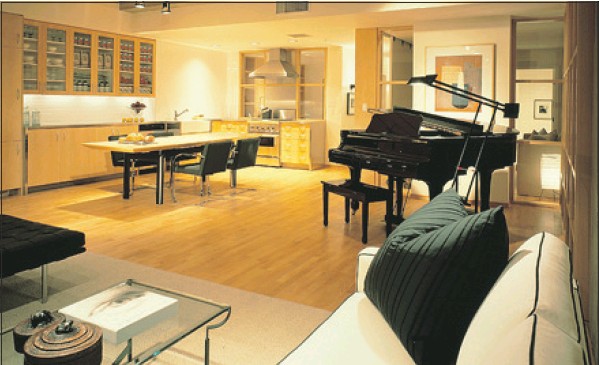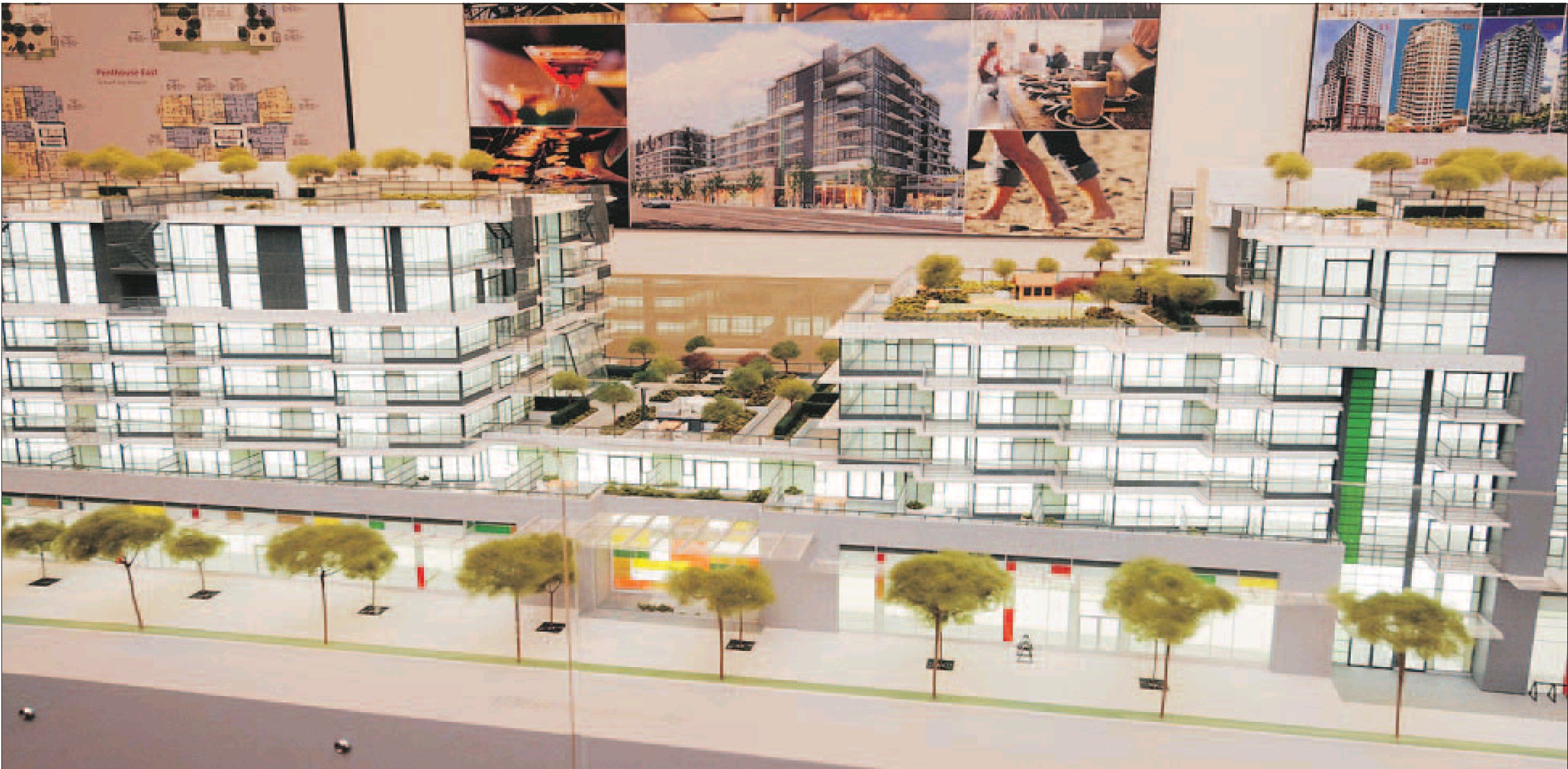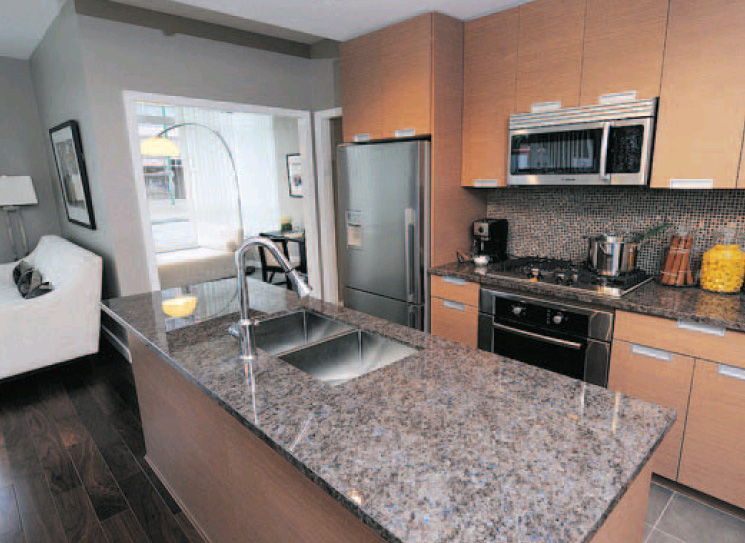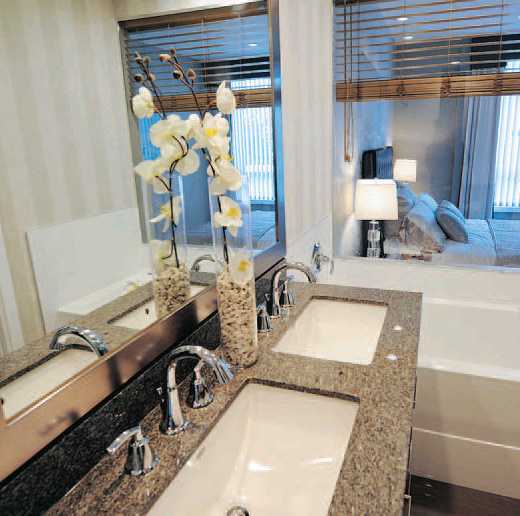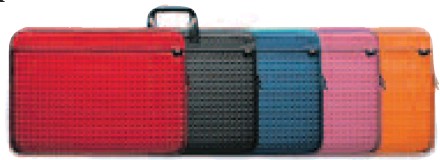Tony Gioventu
Province
Dear Condo Smarts: I have been working with a realtor and trying to find a condo to purchase for investment that I intend to use as a rental.
There seems to be quite a bit of confusion right now over the types of units that can be rented.
I have requested information certificates for two buildings and upon reviewing the bylaws and the number of rentals, there seems to be no logic in the relationship of the limitation on rentals and actual number of rentals.
Could you please tell us how we could find a building where we can buy a unit, rent it out, and have some long-term security over its use.
— Jens Crezma, Vancouver
Dear Jens: There have been some minor changes in the strata legislation that affect rental units.
A strata corporation is permitted to adopt a bylaw that limits or restricts the number of rentals to either a specific number, such as 10 units, or a specific percentage, such as 10 per cent of the total number of units. The changes in legislation now exclude family rentals, as permitted by the act, and hardship exemption rentals. So in the total count of the number of rentals permitted under a bylaw, those are no longer included.
There is no such description as “developer rentals”, but I suspect you are referring to the effects of a rental disclosure statement. There are two different exemptions now that apply to rental exemptions, and they refer to units filed under a rental disclosure before Jan. 1, 2010, and those filed after Jan. 1, 2010.
For strata lots created with a valid, filed rental disclosure before Jan. 1, 2010, the owner developer was permitted to file the proper form with the superintendent of real estate. The form set out a declaration of the units they intended to rent for a prescribed period of time. That exemption, if enforceable, applies only to the first purchaser, and expires on the period of time published on the form or when the first purchaser sells the unit. Many of these forms filed before Jan. 1, 2010, identified the period of time as “indefinite” and a court decision in 2000 found that an “indefinite period” was unenforceable, and the first purchaser was not exempt; however, a recent court decision in December of 2009, of Spagnuolo v. Strata Plan BCS 879, has overturned the previous decision, and found that an “unlimited period” is a valid rental disclosure statement.
If you are purchasing a unit from a developer where the proper rental disclosure form was filed before Jan. 1, 2010, and it identifies the intent to rent the units for an “unlimited” period, then as the first purchaser, you are likely exempt from the rental bylaws. If you are buying from the first or a subsequent purchaser, that exemption no longer applies.
As of Jan. 1, 2010, the rules have changed on new developments, too.
The only way you can have some assurance that your strata lot will be exempt from strata bylaws is by purchasing a unit that falls under a rental disclosure exemption. Even strata buildings that average a high ratio of rentals with no bylaw restrictions often change over the years and adopt rental bylaws. Before you purchase, make sure you have a copy of the rental disclosure from the superintendent of real estate, and seek legal advice on the enforceability of the form. Not all forms grant exemptions or are enforceable, so never assume your unit will be exempt.
Tony Gioventu is executive director of the Condominium Home Owners’ Association. Send questions to him at [email protected]
© Copyright (c) The Province




